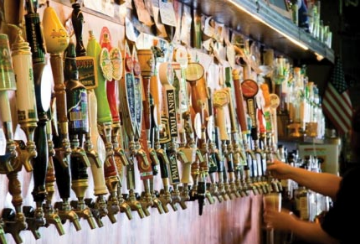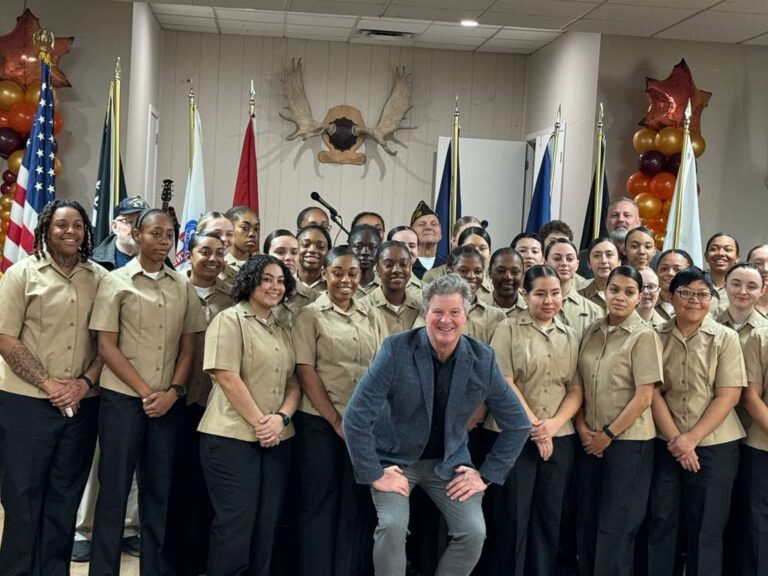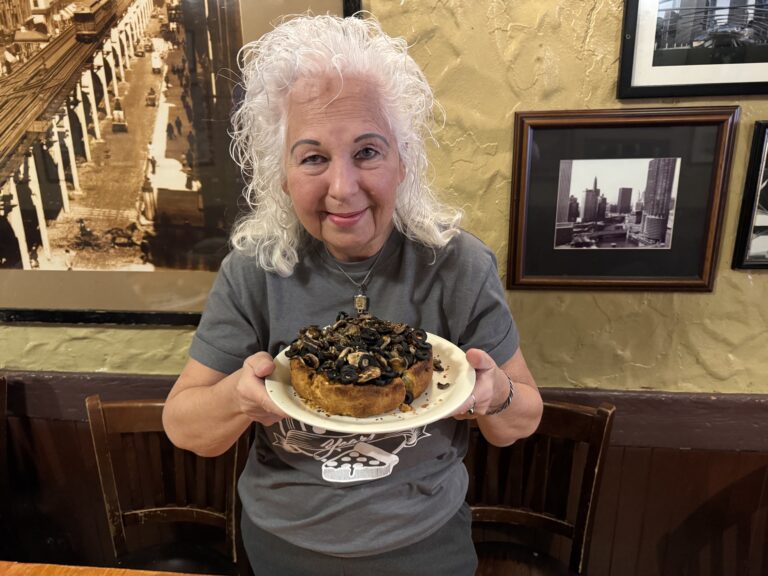I grabbed a stool at the Madison, Wisconsin tavern. Even though the temperature hadn’t climbed above single digits all day, I had a cold beer on my mind. Gesturing to the numerous taps, I asked the bartender the draft selections.
“Maibock, Lady Luck, Fat Squirrel, Nightfall, Snug Oatmeal Stout and Golden Booty,” she rattled off.
I quickly opened Google Maps on my iPhone, just to confirm I was in Wisconsin, a state synonymous with beer and home to some of the world’s most recognizable brands.
“Do you have Pabst Blue Ribbon?” I asked.
“Nope. Sorry.”
“Old Style?”
‘Uh huh.”
“You gotta have Miller,” I said, referring to the company whose name adorns Milwaukee billboards and the professional baseball stadium.
“Yes, but not on tap,” she said, opening a small refrigerator. I could vaguely make out bottles of Miller Lite, crammed behind Central Waters and Pearl Street. Incidentally, those are beer brands, not a city intersection.
“So what will you have?” she asked.
“I’m not sure. Let me finish Googling,” I replied, shuddering to think what would appear when I searched, “Golden Booty.” For the record, it’s a cream ale produced with flaked corn and created by Lake Louie Brewing Company in Arena, Wisconsin. It’s also a tanning resort in Amherst, Massachusetts.
Welcome to the maddening and ever expanding world of microbrews, where the simple act of ordering a can, bottle or pint of beer now requires a class in brewing terminology and a good knowledge of your health maladies. In the mood for a Milk Stout, another Lake Louie offering? It contains Meister Cheese lactose so stay away if you’re intolerant. Better go with Tommy’s Porter, known for its “coffee-like finish.” Again, we’re talking beer, not furniture.
Not since college have I consumed a beer before 8 a.m., but I’m beginning to wonder if my breakfast pancakes could use a little kick. If so, Three Brothers Brewing in Harrisonburg, Virginia can help. Their Daylight Cravings could complement my short stack as it contains “smoked malt and a drizzle of rich maple syrup.”
On its Facebook page, MillerCoors lists all the ingredients of my longtime favorite, Miller Lite: Water, barley malt, corn, yeast and hops. Not the most exciting components, but at least I don’t need a dictionary to see what I’m putting in my body.
Not so with Three Brothers, which identifies the yeast “brettanomyces” as a key ingredient in its Fierce Blonde brew. Just trying to pronounce that word would get a rise out of any blonde. On that note, what would happen if you consumed a Fierce Blonde followed by an Angry Redhead, compliments of the Mayday Brewery in Murfreesboro, Tennessee? I hope my stomach never finds out.
It’s not that I despise the taste of these eclectic and entertainingly-named brews; quite the contrary. Although I will never write this sentence again or speak it aloud, my Golden Booty was delicious. But developing an infatuation with a specialty beer is like falling in love with a girl you spy on a train. When will your paths cross again? What will happen the next time I’m out with my buddies and suddenly crave the cacao nips that make up Horny for Blood, a product of 3 Floyds Brewing Co.? Or the Curacao orange peel and coriander in every bottle of Panty Peeler from the Midnight Sun Brewing Company in Anchorage, Alaska? My neighborhood watering hole serves neither. I can only hope Velvet Merlin or Jukebox Hero are suitable substitutes.
Statistics show that sales of standard domestic brews are declining faster than one can say “IPA.” Craft beers and their fun-to-pronounce names, along with changing tastes are the likely culprits. But beer lovers, help out Wisconsin, Colorado and Missouri by occasionally ordering a Miller Lite, Coors or Budweiser — beers synonymous with these respective states and employers of thousands. Stifle your gag reflex if you must. Those beers are like your parents or your best friend — they’ll always be there if you need them.
You can’t say the same about a bottle of Evil Octopus.




